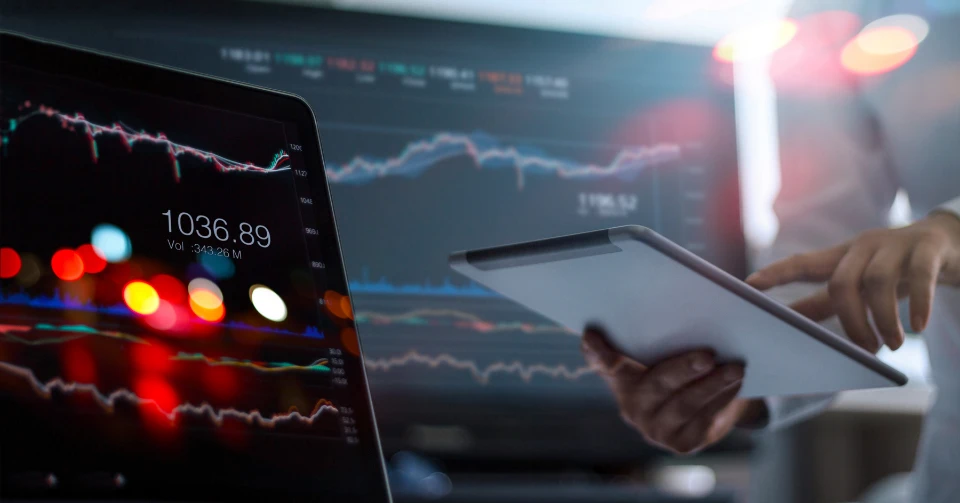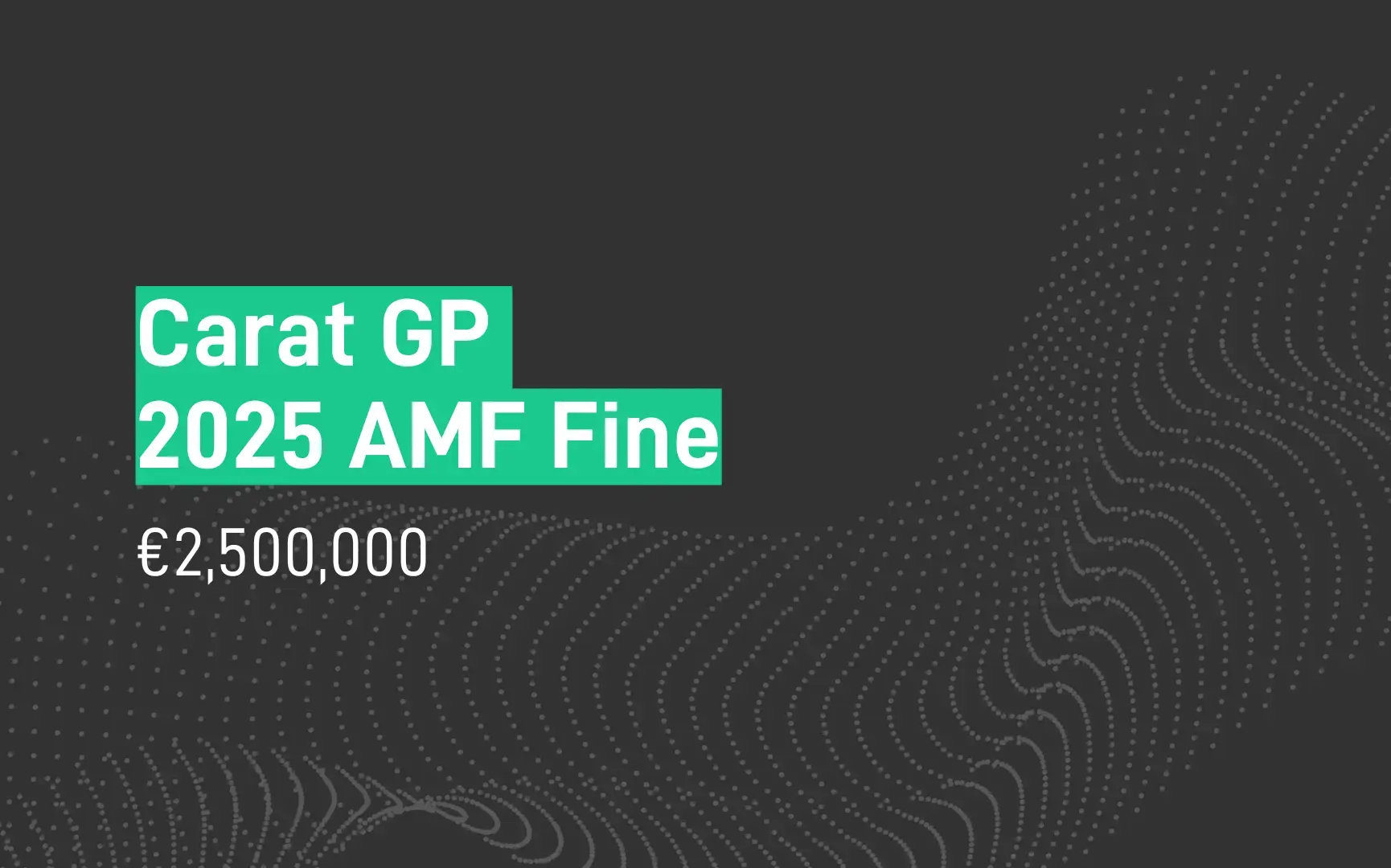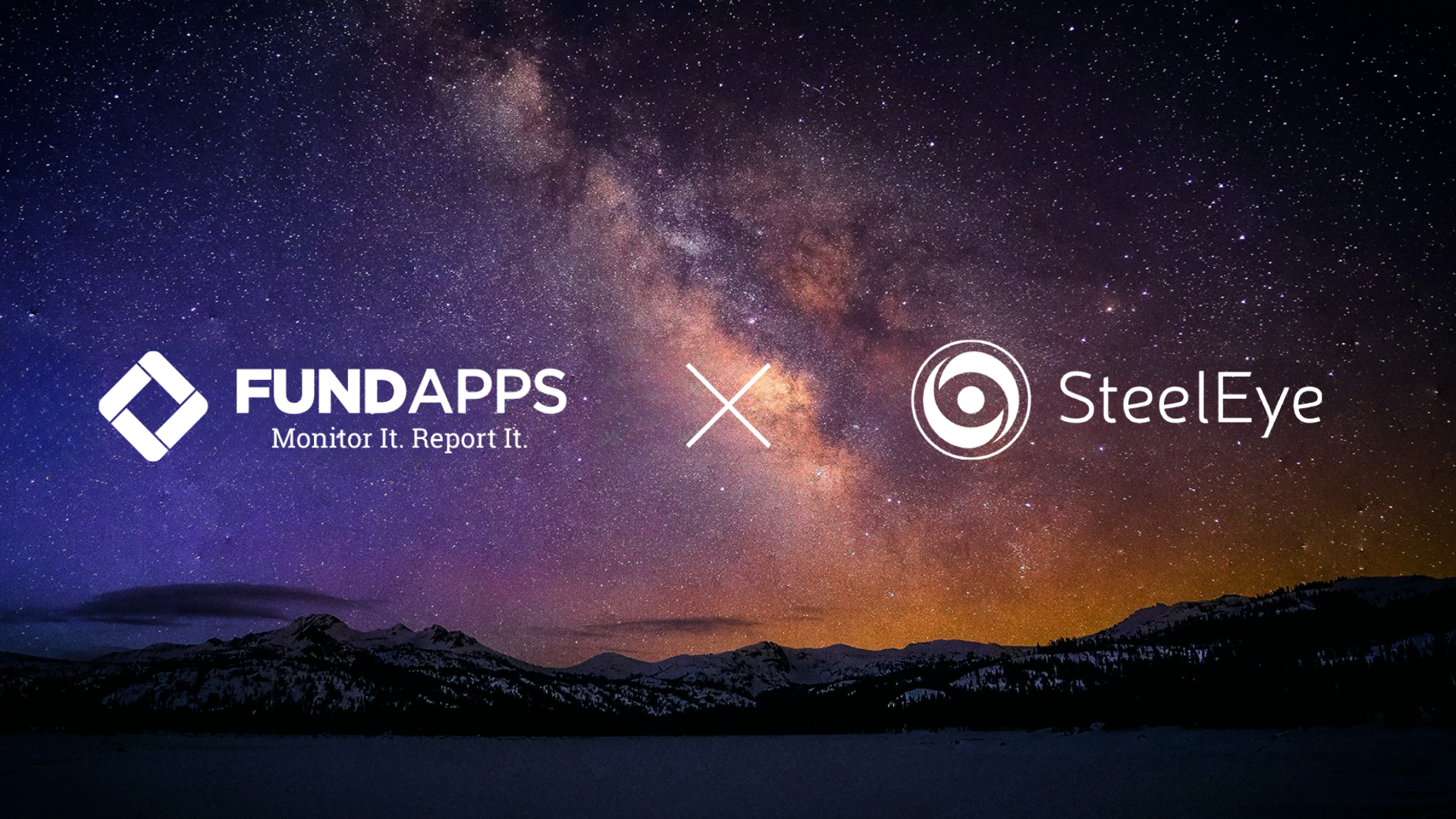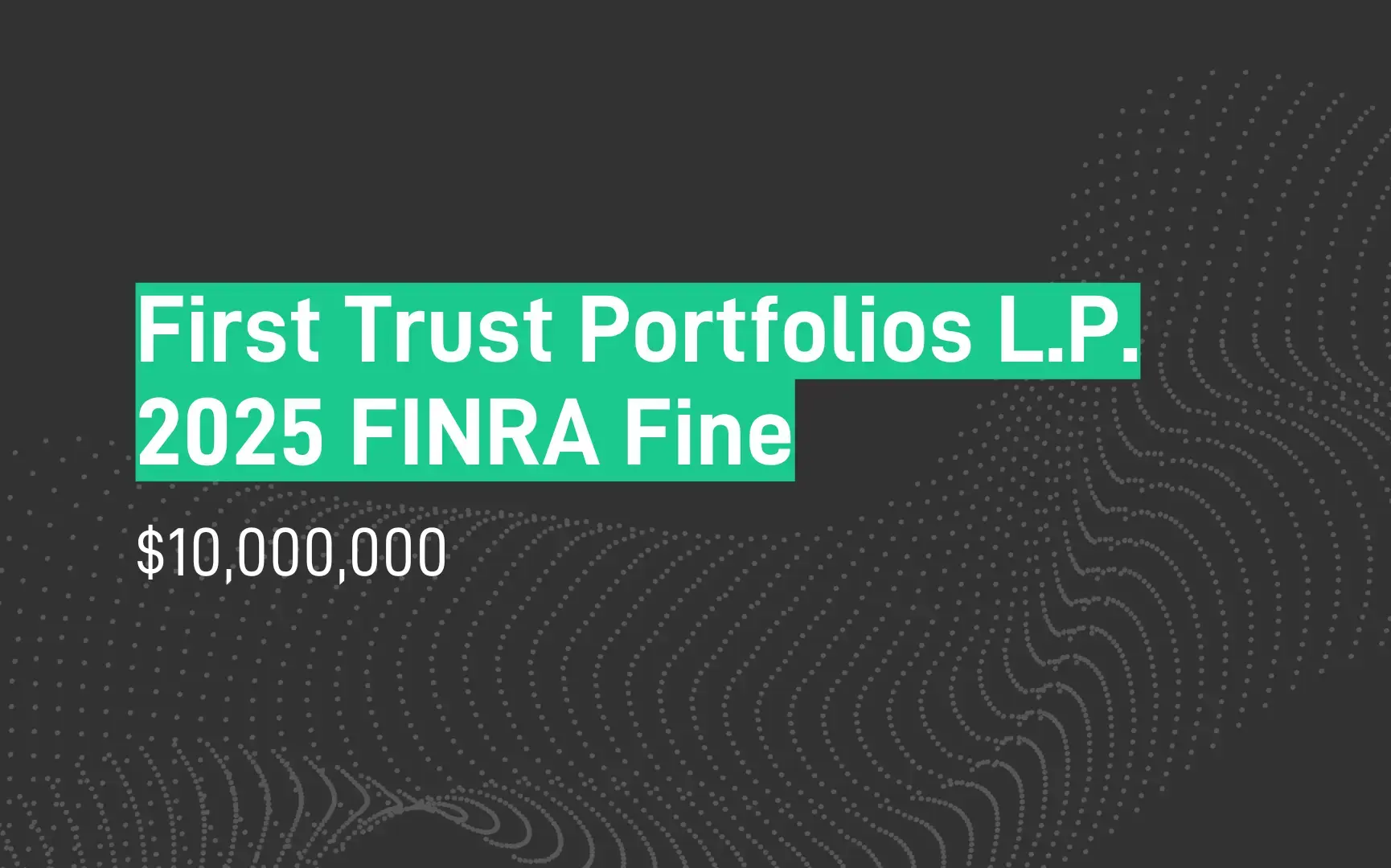Sell-side firms have traditionally led the way when it comes to tech adoption, with the buy-side slowly playing catch up. This has certainly been the case when it comes to holistic surveillance – an area many sell-side firms have been actively exploring and/or investing in for some time.
Investment in holistic capabilities within the buy-side has been slower and needs to be sped up as regulatory pressures are forcing firms to improve the effectiveness of their surveillance programs.
Holistic surveillance solutions can help firms improve their supervisory oversight by enhancing risk detection, speeding up investigations, and making the investigation more efficient. In a regulatory environment where data volumes are growing and regulators are becoming more demanding, this is what many buy-side firms require.
In this article, we explore the challenges buy-side firms face with regard to trade and communications surveillance and the key benefits a holistic surveillance solution can offer.
Topics covered:
What is holistic surveillance?
Holistic surveillance, also referred to as “integrated surveillance” or even holistic supervision, is the concept of bringing together disparate data sets and analyzing them holistically to enhance market abuse risk detection and business insights.
Traditionally, trade and communications surveillance has been done in siloes, but trades don’t happen in isolation. To determine whether market abuse has taken place, firms need context.
Holistic surveillance solutions create this context by providing a comprehensive picture of the relationship between a firm’s trading activity and the communications, market movements, and global news that underpins it.
Why is a holistic surveillance approach needed?

Today, most firms carry out communications and trade surveillance separately, through different platforms. This is partly because many financial services firms have taken a siloed approach to addressing their compliance needs, prompted by the different implementation deadlines of various regulations.
It is also because bringing together unstructured data, like communications, and structured data, like trades, on a single platform is highly complex, resulting in many firms writing the process off as impossible.
Yet, this data is highly interconnected. Trades are underpinned by communications and trading decisions are based on market movements, industry news, and other important sets of data.
To efficiently monitor trading operations in line with supervisory oversight obligations, transaction details must be overlaid with associated communications and market data.
Why is context important for surveillance?
Context is important because it speeds up investigations by making all relevant data available to the surveillance team seamlessly. As a result, when a regulatory request for a trade reconstruction or the firm’s internal system triggers an alert to say that a behavior that could be viewed as market abuse had occurred, it is easy to go through the data and investigate what has occurred.
Further, context is vital because trade data on its own is not always enough to determine whether market abuse has or has not taken place. Take for example a trader that has purchased a surprisingly large volume of Rightmove shares, after which the price jumps 30%. Looking at this alone, one might assume that the trader was privy to insider information. A percentage-based algorithm would likely send an alert on this basis.
However, by considering a wider context, such as a sector index, news feeds, and the trader’s usual behavior, it is possible to ascertain whether the trade was unique or if, the trades should be discarded or investigated.
What are the challenges of a siloed approach to trade and communications surveillance?
Using disparate systems for trades and communications can be challenging for several reasons:
1. Lacking context to resolve surveillance alerts
Without the context of communications and other data, trade surveillance alerts are much harder to analyze. Reviewing alerts to determine which ones require deeper investigation and which ones are false positives can take up significant time and resource. A system that can consider wider market trends and context can not only help determine whether a trade (or several trades) should be flagged or not, but also make the investigation more efficient. Having all data grouped together under one alert dramatically reduces the time spent on ground-level analysis, allowing more time to focus on real escalations and investigations.
2. Lengthy investigations
When it comes to finding answers and identifying problems, inefficient processes result in lengthy investigations with compliance teams needing to sieve through multiple disparate data systems and coordinate several teams to find the information they need. This is costly, time-intensive, and requires buy-side firms to sustain much larger teams.
3. Reconstructing trades
With disparate data sets, reconstructing events or trades, otherwise known as trade reconstructions, is increasingly complex and time-consuming. If requested by the regulator, firms are obligated to reconstruct the circumstances surrounding a trade or order typically within 72 hours as mandated under both Dodd-Frank in the US and MiFID II in Europe and the UK. For many firms, this means contacting their IT team, who usually need a minimum of 48 hours to go into a variety of different on-premise data stores to extract the requested records.
These then need to be combined with other data to create a true picture of the circumstances surrounding a trade.
Why do buy-side firms need to improve their trade and communications surveillance now?

The aforementioned challenges are not new. However, what is new is the change in attitude and expectations among regulators and investors who are now looking for higher standards when it comes to supervisory oversight.
-
During the last few years, regulators have made significant investments into their own Supervisory Technology (SupTech) programs to better identify suspicious activity within the firms they regulate. With this investment comes the requirement to get results. Consequently, global regulators are increasingly focusing on finding and prosecuting market abuse offenses. Regulatory scrutiny is ramping up for firms with lax monitoring and the recent $200m fine to a tier one bank is a good example of this.
-
Additionally, the view that “everyone is failing to monitor so it is ok that I am too” which many buy-side firms have relied on is no longer an option. Regulators have clearly stated that this excuse will not be tolerated.
-
Investors are also joining regulators in placing increased importance on their managers’ surveillance capabilities. Investors want to see that their managers are operating responsibly, and this is potentially one of the biggest risks for buy-side firms if they don’t improve their surveillance practices.
Regulators do not specify that surveillance needs to be done holistically. However, they are increasingly interested in seeing firms adopt a more holistic framework for dealing with data. This pressure will only increase as technology advances and regulators themselves enhance their own SupTech programs. In the long-term, it is not feasible to maintain manual processes and disparate data sets for surveillance.
Supervisory oversight programs need to be technology-led and data-driven.
How can buy-side firms adopt a more holistic surveillance approach?

The biggest challenge with holistic compliance for the buy-side is working out how to bring together the structured and unstructured data that needs to be monitored. Good data management is foundational to getting holistic surveillance right and all surveillance projects need to start with data as the foundation.
With growing data volumes, the key is to work with technology that can ingest unstructured data and combine it with orders, trades and market data in a meaningful.
Learn more about how to get integrated/holistic surveillance right here.
Key benefits of holistic surveillance for the buy-side
The ability to monitor a wide range of data in tandem allows firms to better identify, investigate and report on risks. It also makes the analysis more efficient - protecting financial firms from missing threats that the regulator might otherwise pick up on.
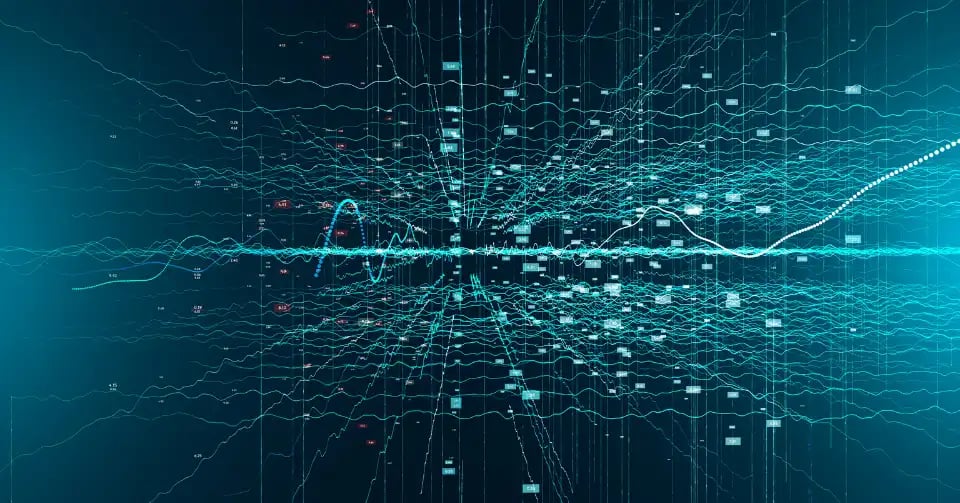
Here are some of the high-level benefits of implementing a holistic surveillance solution:
-
Minimizing risk through better detection of suspicious activities
-
Improving data visibility and control
-
Speeding up investigations
-
Enhancing capabilities to respond to threats or opportunities
-
Boosting protection against more sophisticated patterns of abuse
-
Accounting for a growing array of sources, channels, and forms of communications leading to the trades
-
Ensuring policies and procedures are being adhered to
-
Time and cost-savings through greater efficiency and fewer manual processes
CHECK OUT OUR ON-DEMAND WEBINAR - HOLISTIC SURVEILLANCE: BUSTING THE MYTH
Why buy-side firms should choose SteelEye for holistic surveillance
SteelEye is a market-leading RegTech firm, offering a range of compliance solutions for financial institutions from trade and communications oversight and surveillance to record keeping and trade reconstruction. Our cutting-edge data platform, which includes advanced analytics and machine learning tools, consolidates structured and unstructured data from communications, orders, trades, market data and global news, all in one place.
Our cloud-based software solutions have won various awards and earned widespread recognition, including Best Buy-Side Market Surveillance Tool/Platform at the 2021 Waters Technology Buy-Side Technology Awards.
If you’re a buy-side business looking to start your holistic surveillance journey, here’s what to expect from our holistic surveillance solution:
-
Data consolidation - making trade and communications data immutable, secure, and instantly retrievable
-
Innovative oversight tools and robust record-keeping and MI reporting capabilities
-
Coverage for SEC, FINRA, MAR, MiFID II and IIROC supervisory oversight obligations
-
Ingestion of traded instruments reference data, global news and market data for additional context
-
Advanced algorithms for enhanced market abuse detection
-
Process automation and machine learning technology
-
Real-time audit trail and timestamped records for demonstrating compliance
-
High performance platform with responsive interface
-
Fast implementation time
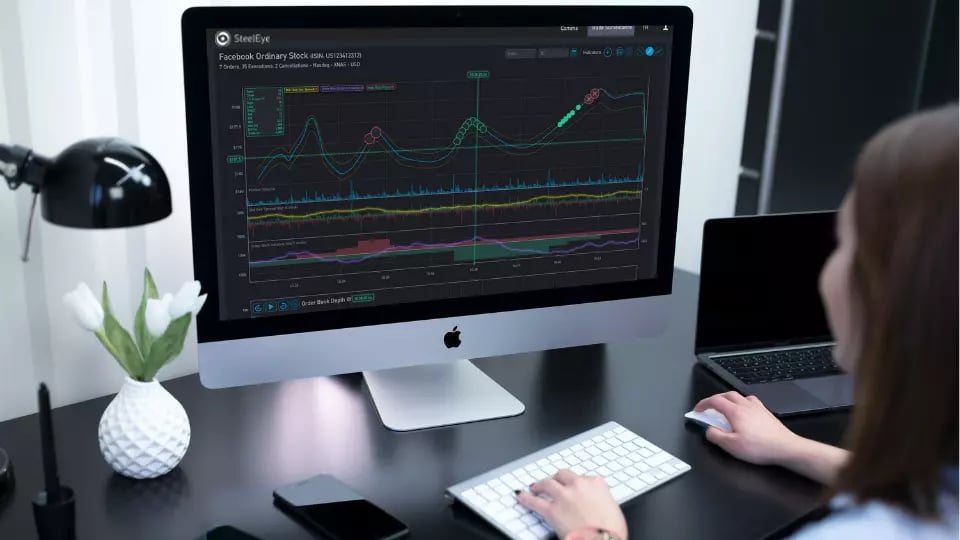
About SteelEye's Holistic Surveillance Solution
SteelEye is the only truly holistic surveillance solution for buy-side compliance. Our tools capture and analyze trade and communications data from over 50 sources, including:
- transactional data from any execution, order management system or trading platform -
- eComms and vComms platforms -
- market data -
- CRMs and HR platforms -
To learn more about our tools, head to our holistic surveillance product page or get in touch with the SteelEye team to discuss your firm’s current challenges around trade and communications surveillance.
LEARN MORE ABOUT OUR HOLISTIC SURVEILLANCE SOLUTION

